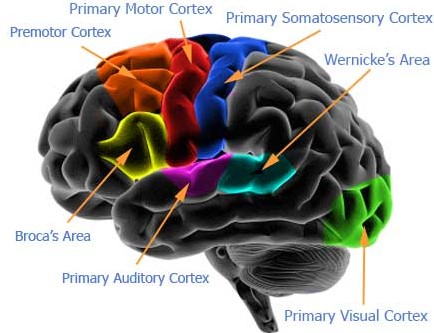 A new guideline from the American Academy of Neurology and the Child Neurology Society finds botulinum toxin type A to be an effective treatment for spasticity, muscle tightness that interferes with movement, in children and adolescents with cerebral palsy, but poses some risk. The guideline is published in the January 26, 2010, issue of Neurology
A new guideline from the American Academy of Neurology and the Child Neurology Society finds botulinum toxin type A to be an effective treatment for spasticity, muscle tightness that interferes with movement, in children and adolescents with cerebral palsy, but poses some risk. The guideline is published in the January 26, 2010, issue of Neurology
"Spasticity in children with cerebral palsy is best treated by a multidisciplinary medical and surgical team," said lead guideline author Mauricio R. Delgado, MD, FRCPC, with the University of Texas Southwestern Medical Center in Dallas and Fellow of the American Academy of Neurology. "It is important that doctors, patients and caregivers together set a goal for measuring the success of medication use or any other spasticity treatment."
Spasticity is a form of abnormally increased muscle tone and is usually associated with muscle weakness and abnormal reflexes. Cerebral palsy is the most common cause of spasticity, and spasticity affects the majority of children with cerebral palsy. More than 10,000 babies born in the United States each year will be affected by cerebral palsy, which is a complex neurologic disorder that affects body movement and posture. While cerebral palsy cannot be cured, treatment often improves a child's capabilities.
After reviewing all available research on medication treatments for spasticity in cerebral palsy, the guideline found botulinum toxin type A is effective and generally safe, but there is some risk. "In reviewing this drug for treatment of spasticity in children, the Food and Drug Administration is investigating isolated cases of generalized weakness following use of botulinum toxin type A for spasticity," said Delgado.
The guideline also recommends the drug diazepam be considered for short-term treatment of spasticity, although generalized side effects may occur. The drug tizanidine may also be considered, but there is risk of liver toxicity. For several other treatments, the authors determined that there was insufficient evidence to make a recommendation and encouraged additional research in this area.
"There is an urgent need for more research to establish the effectiveness of the current treatments for generalized spasticity and to find additional, safer and more effective medications," said Delgado.
Source: American Academy of Neurology (AAN)
Practice Parameter: Pharmacologic treatment of spasticity in children and adolescents with cerebral palsy (an evidence-based review)
Report of the Quality Standards Subcommittee of the American Academy of Neurology and the Practice Committee of the Child Neurology Society Formula [ Full Text ]
M. R. Delgado, MD, FRCPC, FAAN, D. Hirtz, MD, FAAN, M. Aisen, MD, FAAN, S. Ashwal, MD, FAAN, D. L. Fehlings, MD, MSc, FRCPC, J. McLaughlin, MD, L. A. Morrison, MD, M. W. Shrader, MD, A. Tilton, MD, FAAN and J. Vargus-Adams, MD, MS